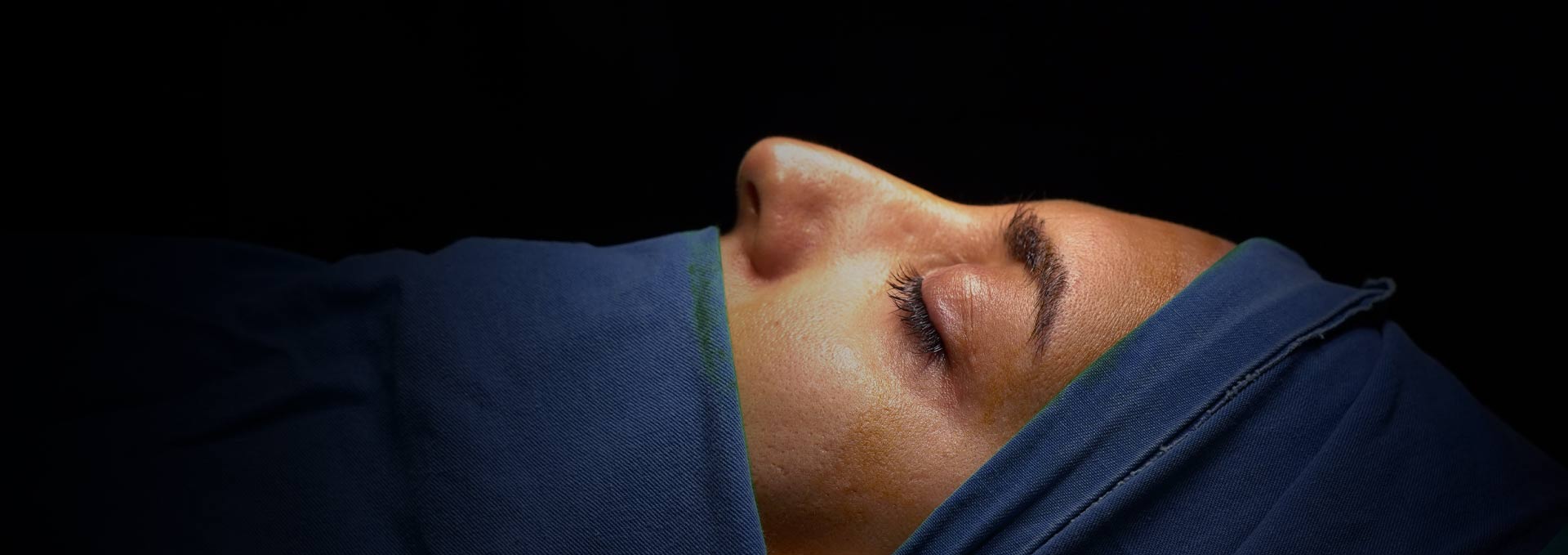Rhinoplasty
Rhinoplasty (Cosmetic Nose Surgery): Enhancing Your Appearance and Breathing Function What is Rhinoplasty?
Effective Solutions for Nose Health
Rhinoplasty, also known as nose surgery, is a cosmetic procedure that reshapes the nose to improve its appearance and/or breathing function. It can address a variety of concerns, including:
- Improving the appearance of the nose: This can involve reducing the size of a large nose, refining the tip, straightening a crooked nose, or improving symmetry with other facial features.
- Improving breathing: Rhinoplasty can correct a deviated septum, which can cause difficulty breathing.
- Correcting congenital defects: Rhinoplasty can address congenital malformations of the nose present at birth.
Signs and Symptoms That May Indicate You Need Rhinoplasty
- You are unhappy with the size, shape, or symmetry of your nose.
- You have difficulty breathing due to a deviated septum.
- You have a nasal deformity caused by an injury or birth defect.
Types of Rhinoplasty
There are two main types of rhinoplasty:
- Closed rhinoplasty: This is a less complex procedure typically used for subtle changes to the nose tip or bridge. The surgeon makes incisions inside the nostrils, minimizing external scarring.
- Open rhinoplasty: This procedure allows for more extensive modifications to the nose's structure. A small incision is made at the base of the nose, between the nostrils, providing better access for reshaping the underlying bone and cartilage.
Benefits of Rhinoplasty
- Improved facial harmony: Rhinoplasty can create a more balanced and aesthetically pleasing nose that complements your other features.
- Enhanced breathing function: Correcting a deviated septum can significantly improve breathing difficulties.
- Increased self-confidence: Many patients experience a boost in self-confidence after rhinoplasty due to the improvement in their appearance and breathing function.
The Rhinoplasty Procedure at Damas Medical Center
The type of rhinoplasty you undergo will depend on your specific goals and the complexity of your case. Generally, the procedure follows these steps:
- Consultation: During your initial consultation at Damas Medical Center ENT department, our experienced otolaryngologist (ENT specialist) will discuss your concerns, medical history, and desired outcome. A physical examination of your nose will be conducted, and photographs may be taken for reference.
- Surgical Planning: Our specialist will develop a personalized surgical plan tailored to your unique anatomy and goals. They will discuss the type of anesthesia used, potential risks and complications, and recovery expectations.
- The Surgery: Rhinoplasty is typically performed under general anesthesia. The surgeon makes strategic incisions, either inside the nostrils (closed rhinoplasty) or at the base of the nose (open rhinoplasty). Adjustments are then made to the underlying bone and cartilage to achieve the desired shape and function. The incisions are then meticulously closed, and a splint may be placed to support the new structure during healing.
- Recovery: After surgery, you can expect some swelling and bruising around the nose. Pain medication will be prescribed to manage discomfort. Most patients can return home on the same day or after a short hospital stay. Recovery typically takes a few weeks, with swelling gradually subsiding. It may take several months for the final results to become fully evident.

